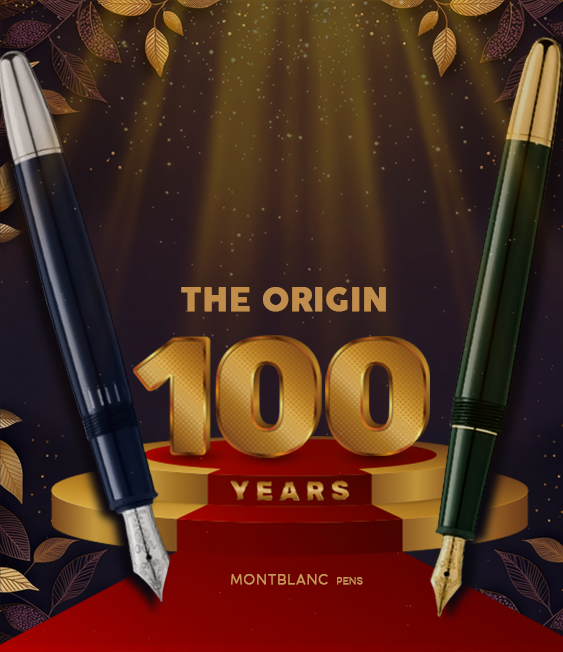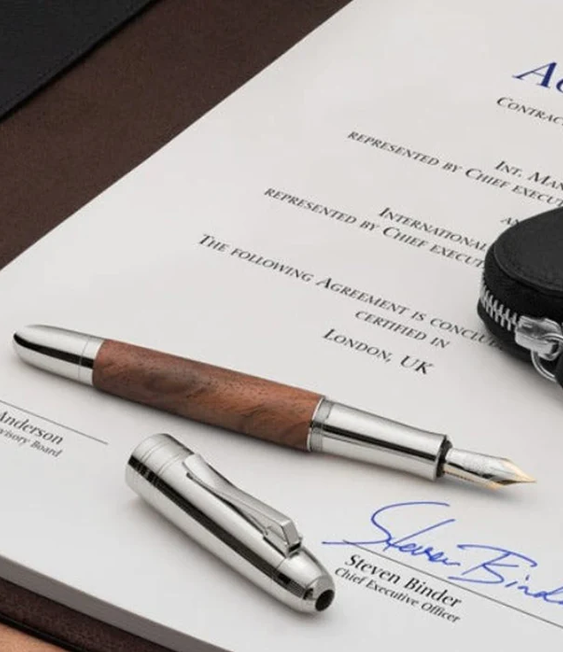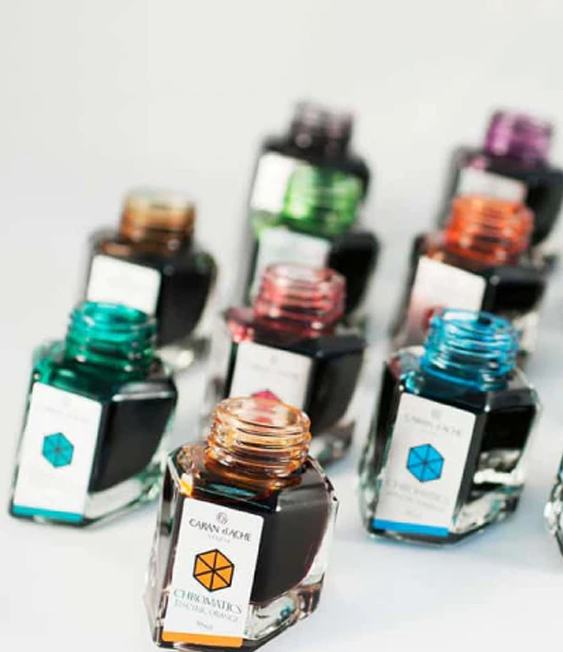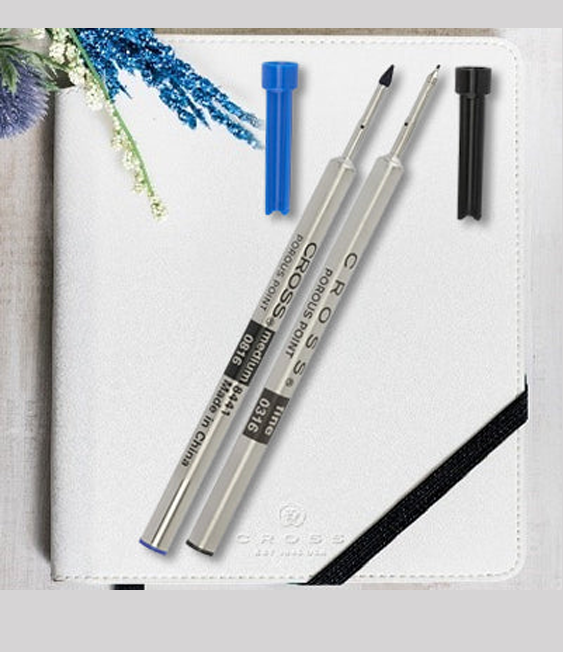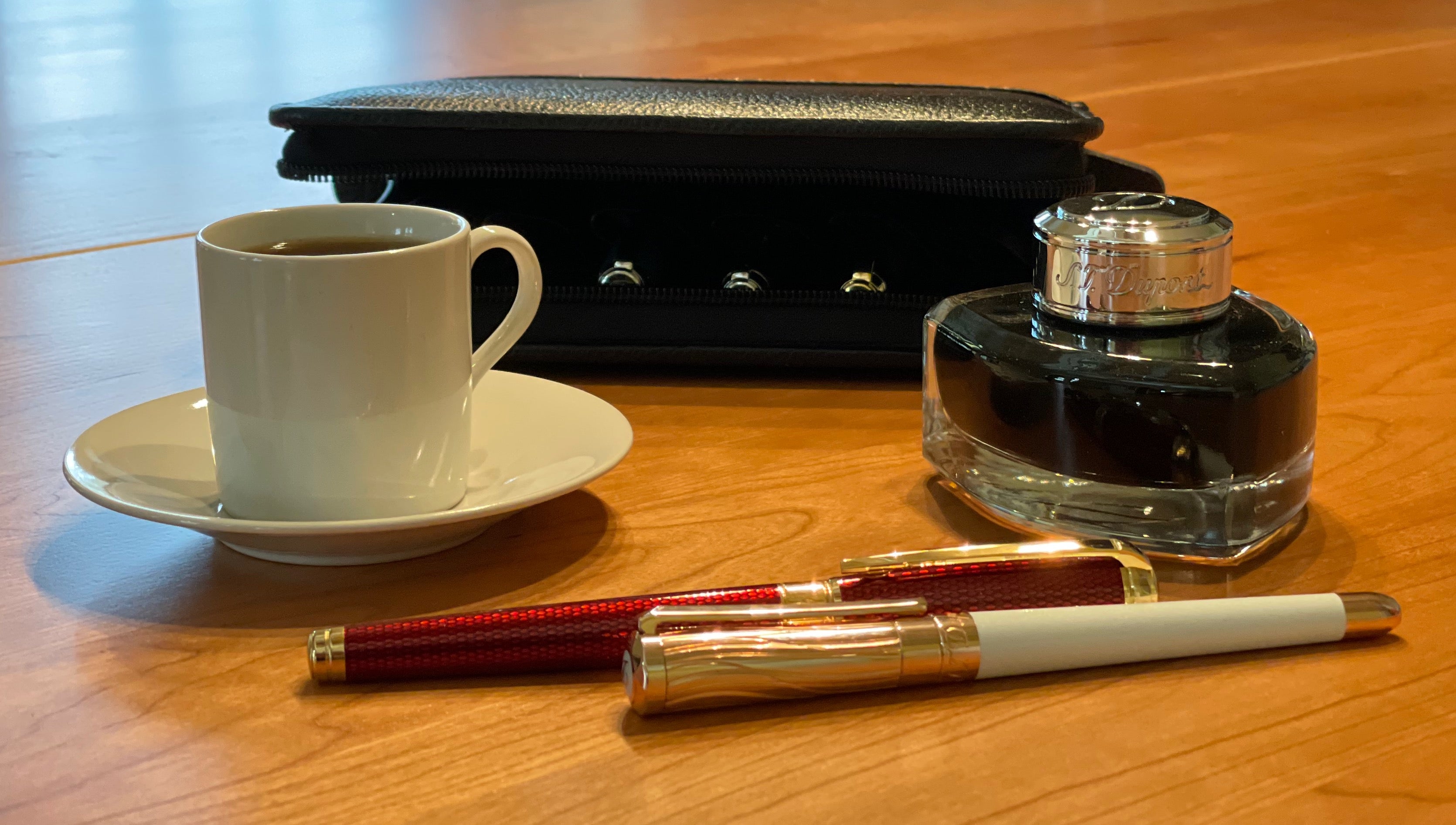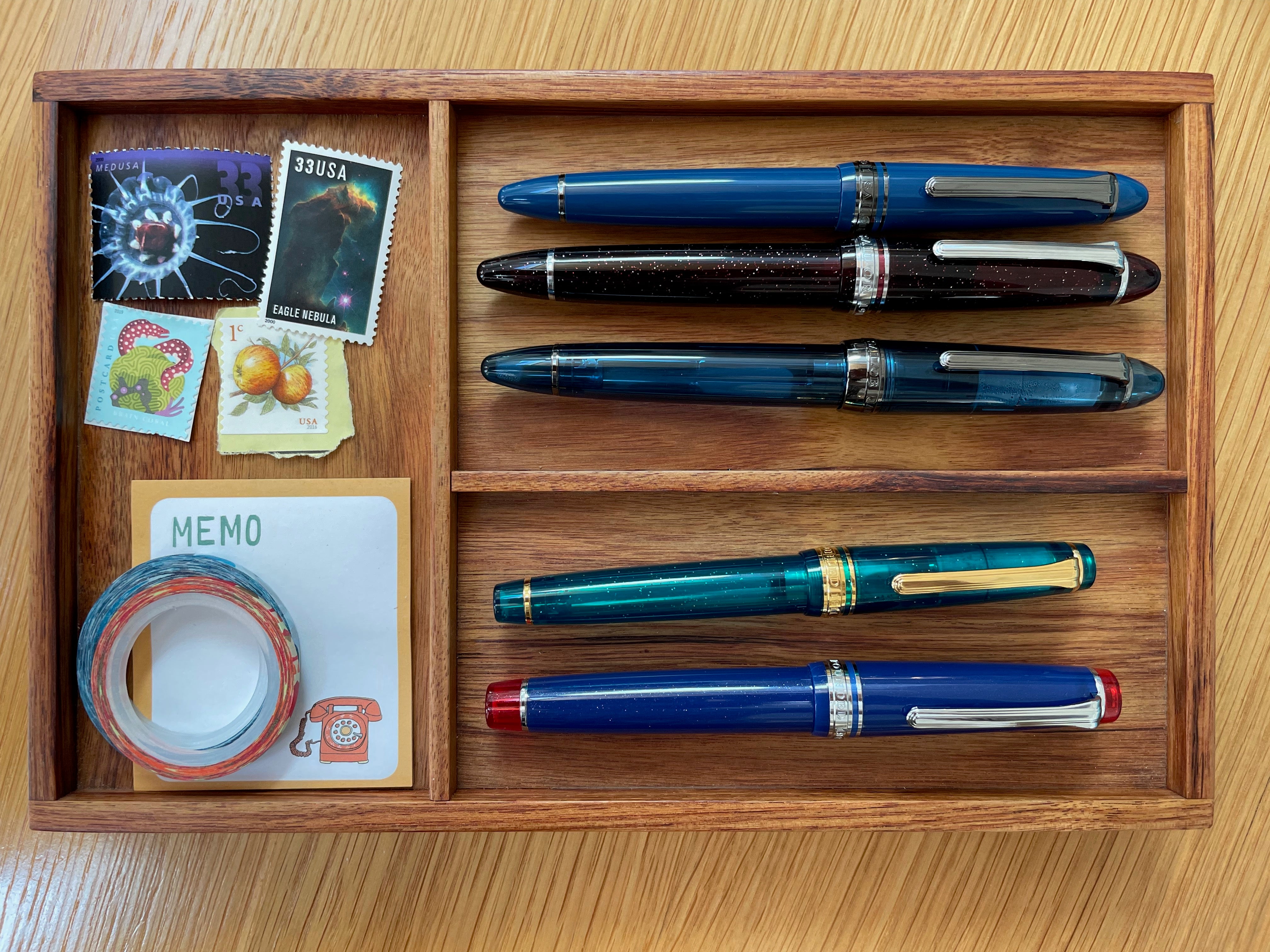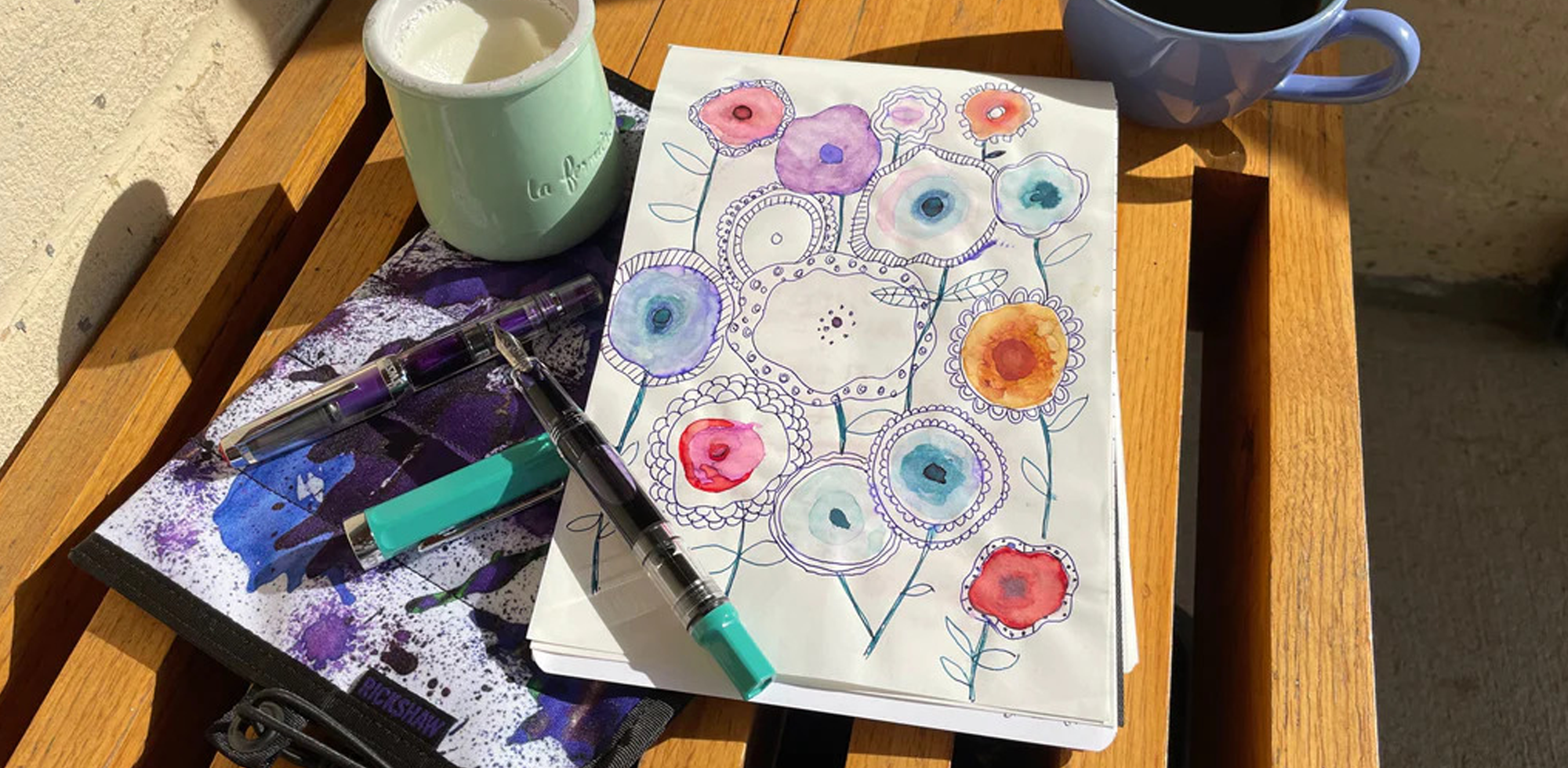
I Never Expected This To Happen...
I feel like I should start this blog post by admitting... I have never owned a Lamy pen, and I never felt the urge to get one, either. I don't have anything against Lamys, I just started my fountain pen journey with a Pilot Metropolitan and didn't follow a trajectory that included Lamys. I never wanted one.... until now. And this may sound crazy, but the reason I want a Lamy is all because of the Lamy cursive nib!
I knew as soon as I tried this nib that I wanted to write my next blog about it, and even as various complications popped up, I persisted in my Lamy cursive nib fixation. The more I used this nib--at first in the store, and then at home--the more I fell in love with it. I had fastened onto the topic without even being sure if I had enough information to properly describe the nib, but I experimented with it quite a bit with my colleagues at work and we discussed the experience of writing with it and how it felt different from other nibs. I couldn't stop thinking about it and talking about it. On Friday, I quickly gathered some different pens and nibs so I could bring it home right away and have it with me over the weekend, even though my blog writing day wasn't scheduled until Thursday. As I played with the nib, I got more and more obsessed. I kept looking at photos of compatible Lamys on our store website, thinking about which ones went best with the nib. If you're a fountain pen lover, you probably know the feeling, but this was definitely not something I had expected!
For unrelated reasons, I ended up working from home on Monday instead of the planned Thursday, but when I looked at our inventory online that morning, I was shocked to see that it listed 0 remaining nibs, even though we had started with a lot of them and weren't sure if we'd be able to sell them all. In confusion, I messaged the store see if this was accurate. Yes, Pen Boutique owner Leena's husband Raj confirmed: "We are out. It sold like hot cakes." Whaaat. We decided to go ahead with the topic, but wait until we got more nibs in stock to publish it. Thank goodness! After all, I could not let it go now!
What is this Nib, Anyway?
Let me back up a little. When we first got the nib in, everyone was a bit confused about it. We tried to describe it to customers, but there was hardly any information available to explain the new nib, and when people do a search online for "Lamy cursive nib," it returns a bunch of results for cursive italic nibs, which are not the same thing. A cursive italic nib is also sometimes known as a calligraphy nib. It has a straight, flat end instead of a ball at the tip, and is similar to a stub, except with a sharper/thinner tip so that the part of the nib that comes in contact with the paper is smaller. The flattened shape of the nib gives more line width variation between the vertical and horizontal strokes. Although flat at the end like a stub, a cursive italic nib has rounded edges, which makes it smoother for normal cursive writing.
This new Lamy cursive nib (also called a Lamy hanzi nib or a Lamy Chinese writing nib in different markets) is different. It doesn't look like a stub nib at all. It has a ball at the end, and falls about halfway in between the standard Lamy medium and fine nibs for line thickness. However, it's not like a standard nib, either. It has a unique shape with sharply cut in sides, so it's very pointy, and it offers subtle line width variation, with a 0.25mm line width downstroke and a 0.35mm width horizontal line. (For comparison, a Lamy stub nib comes in 1.1mm, 1.5mm or 1.9mm width sizes for the downstroke.)
 Lamy cursive nib vs. normal Lamy medium nib.
Lamy cursive nib vs. normal Lamy medium nib.
Here's a view slightly from the side so you can see its different shape from that angle as well:

So, the cursive nib's line width variance runs the opposite direction from the line variation you get from a stub or cursive italic nib, which have a wider downstroke and narrow side stroke.

It's most similar to what is known as an architect nib, which is designed for the sharp, straight lines used by an architect writing on a blueprint. An architect nib doesn't work well for for curved shapes and doesn't isn't compatible with cursive handwriting. The Lamy cursive nib, however, works great for curves as well as for both vertical and horizontal lines. It also writes well at much more extreme angles than most nibs. If you hold your pen at an unusual angle (for example, as left handers often do), the pen will still write smoothly and put down plenty of ink.
Trying it on a Left Hander
I asked my lefty neighbor (who also happens to be an architect!) to try the regular Lamy M nib, a Lamy LH (left handed) nib, and the new cursive nib. He normally uses a pencil and hates writing with pens, so he really didn't want to try it at all, but he agreed to help me out for the experiment. (Thank you, neighbor!) I didn't expect him to actually try writing in cursive, since he never uses cursive, but he wrote in both his normal printing and attempted cursive, too! He claimed he didn't notice that much of a difference between the nibs, but I think that's because he didn't like writing with a fountain pen in the first place. I can definitely see a difference in his writing with the cursive nib. The pen made contact with the paper very consistently and the subtle line variation looks great! I also got a few left-handed customers in the store to try the nib, and they definitely appreciated the difference in its ability to write at more unusual angles.

Swapping Nibs & Experimenting with Angles
By the way, the reason I was able to get my neighbor to try all these different nibs is that it's extremely easy to nib switch a Lamy pen. I swapped the cursive nib between several different pens, and did the same with the LH nib and others. I used a Lamy Studio for most of my experiments because I like the way the pen looks, but these nibs can be interchanged freely between the Lamy Safari, AL-Star, ABC, Accent, Aion, CP1, Dialog 3, Joy, LX, Logo, Nexx, Nexx M, Pur, Scala, Studio, and Vista.
I'm not left handed, but when I tried writing using my left hand, I was able to get the cursive nib to write even when holding it almost sideways to the paper. A regular nib, on the other hand, produced no line at all in this position.
No line:
Line!
The nib also writes well when held upside down, albeit with a slightly thinner line: 
The Best Uses for this Nib
The writing styles where this nib shines the most are cursive, hanzi, kanji, kana, heiti, mingti, Sanskrit, Hangul and Arabic scripts. It's designed with running script in mind--the kind used in Chinese writing--but any penmanship that is written in a flowing manner can benefit from the unique shape of this nib. Whatever language you use, when you are writing quickly and infrequently lifting the pen, this nib feels amazing! It makes writing cursive look better and be more fun. I usually struggle with cursive, but this pen makes me want to practice it. For the same reasons, it also works great for drawing and allows you to be very spontaneous yet still feel in control.
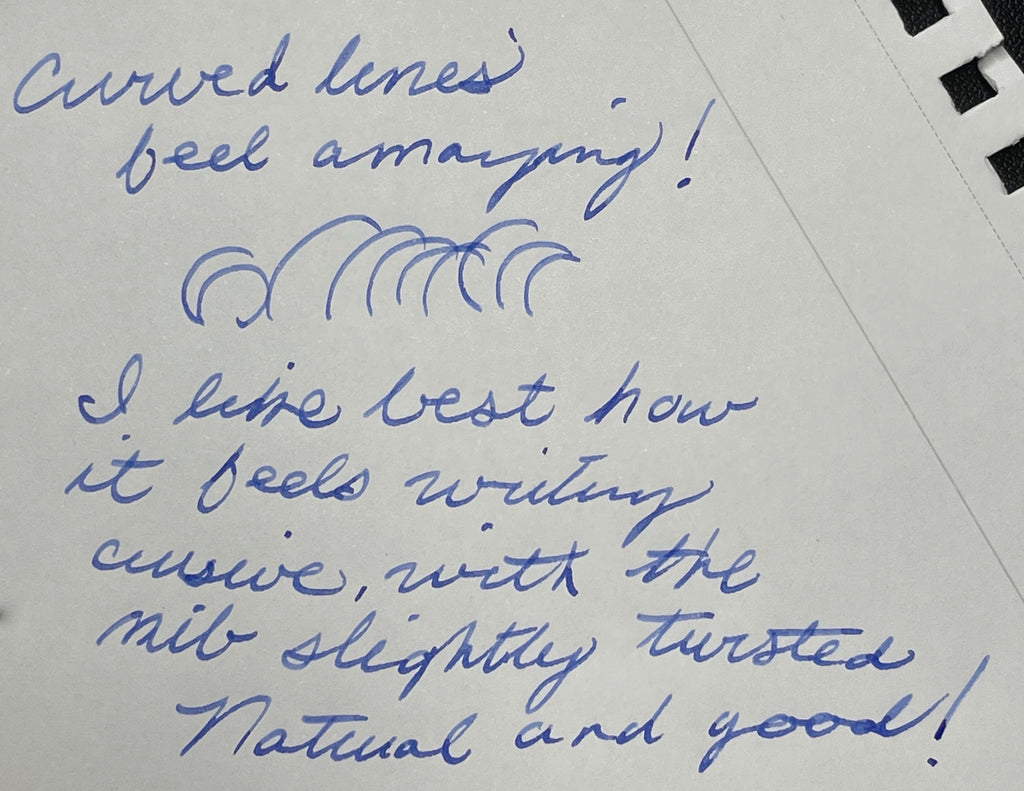
(I like best how it feels writing cursive, with the position of the pen slightly twisted. Natural and good!)
I guess I shouldn't be surprised that the Lamy Cursive nib sold out so fast when it was first introduced. After all, for only around $20 you can get a whole new and exciting experience out of a pen that you probably already own. Well, I don't own one... yet. But maybe soon.

-Laura P.

